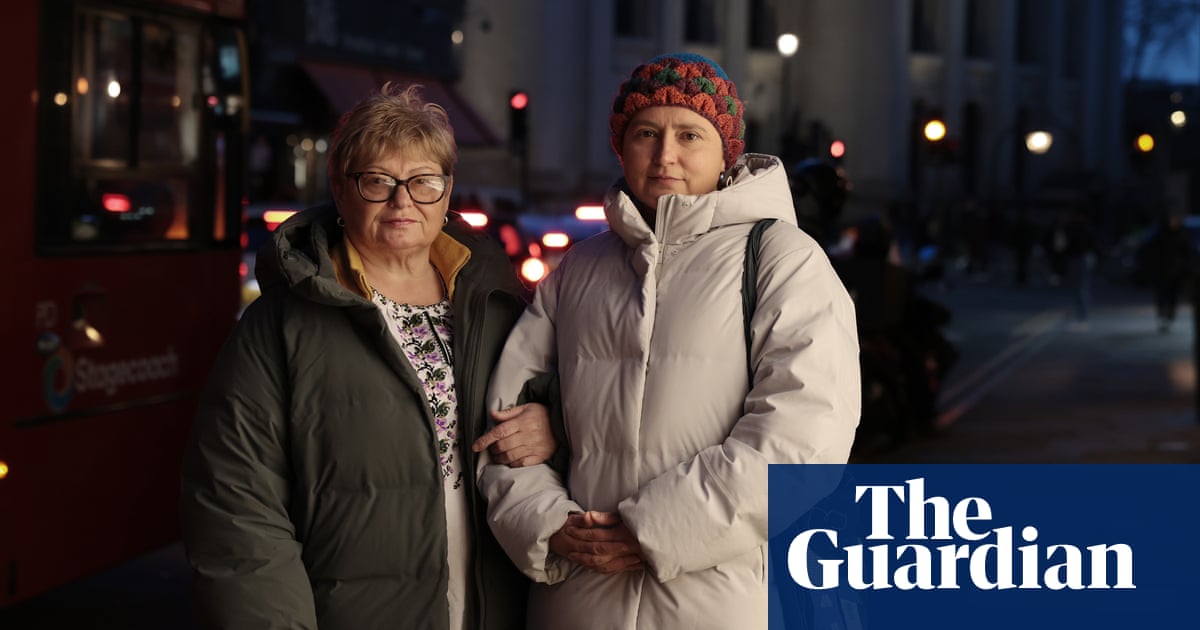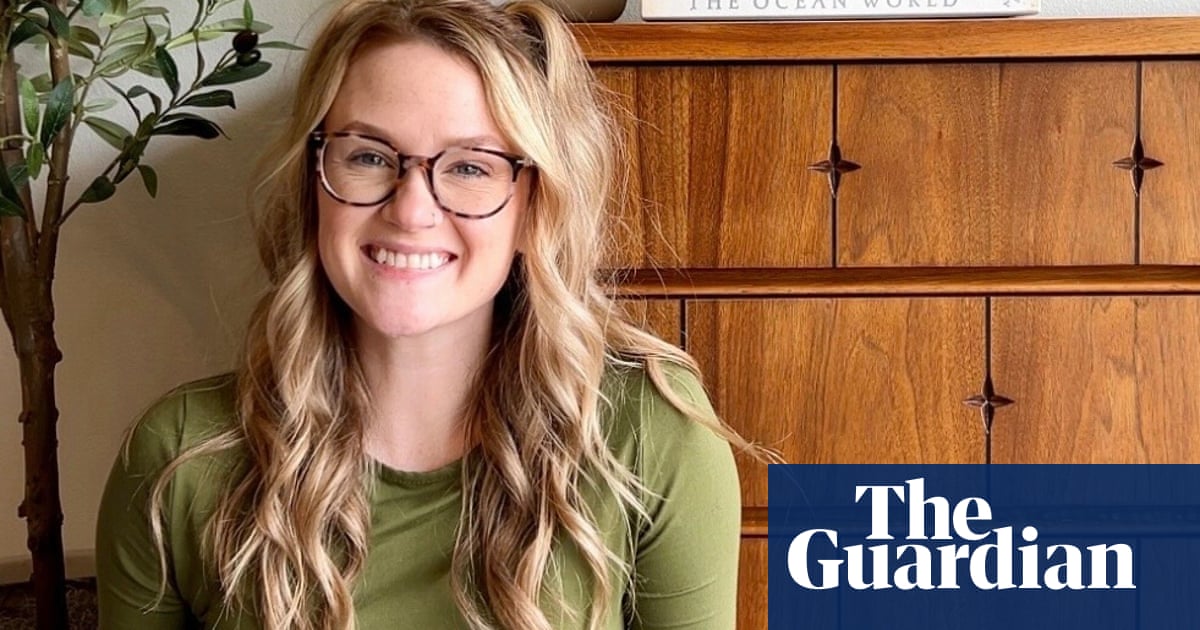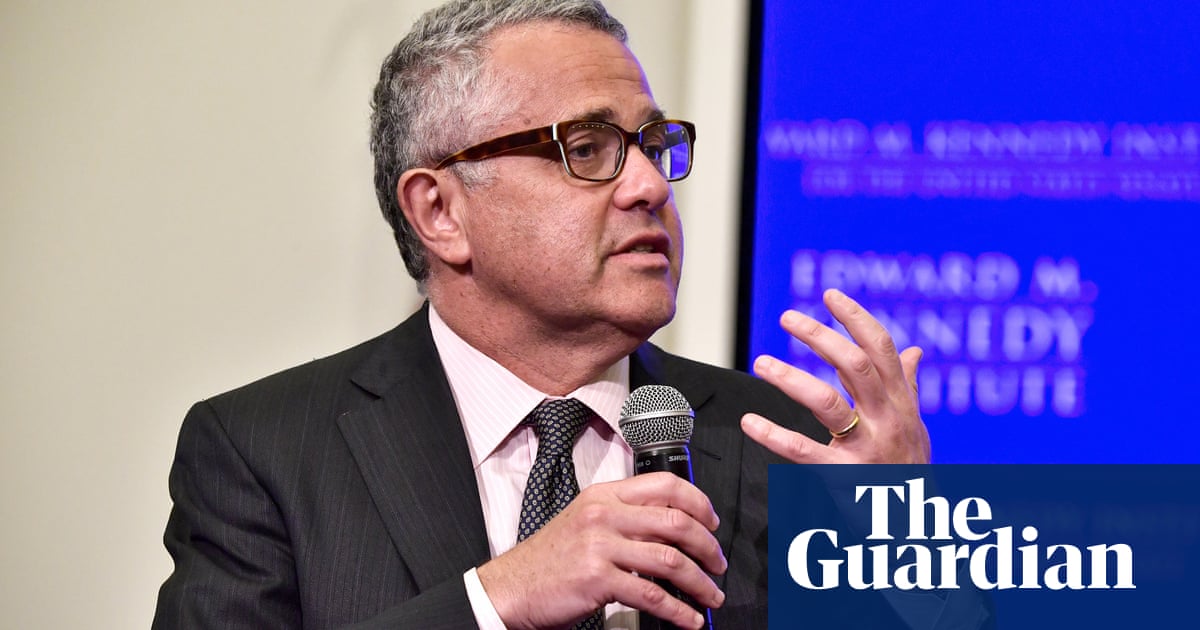This summer was the first time 31-year-old Daisie Morrison had been on a cruise when she set sail on a two-week holiday with two friends, also in their early 30s.
“One of my friends suggested it,” she says. “She had seen different influencers on Instagram going on cruises. You go to so many places that we wanted to visit, so we were all quite keen.”
The previous summer, Morrison says, she had been on a group holiday around Italy, which in contrast had involved “spending a lot of time, money and stress” getting around. With the cruise, “you just wake up in a new place every day”.
Far from being unusual, Morrison is part of a generation of holidaymakers who are at the heart of the expansion of an industry once seen as the preserve of rich retired couples. The number of passengers taking ocean cruises has more than doubled from 13 million in 2004 to nearly 32 million – and that is despite the devastation to the industry during the Covid pandemic.
The Cruise Lines International Association (Clia), which represents the industry, expects this number to approach 40 million in 2027, and says the key to such growth will be attracting millions of new-to-cruise travellers. Millennials, according to its latest report, are “the most enthusiastic cruise travellers of the future”.
It is not surprising that the industry needs a new target market, when many cruise ships “can start to feel a bit like care homes at sea”, says Xavier Font, a professor at the University of Surrey, who has studied the cruise ship industry. “So the cruise companies need an entirely new brand of ship. They are then turning these into either the party cruise ship, say, or the family cruise ship.”
As the industry has expanded and ships have become much more numerous and visible, this has increased concerns about the environmental impact of this type of holiday. But Font believes this is having little impact on the popularity of cruises.

“[The thought process is:] ‘I’m now going to have a break, just back off,’” he says. “The slogan ‘What happens in Vegas, stays in Vegas’ was brilliant, right? Because this idea that I can be a good person all the time but that one week I’m just going to be bracketing it, it seems to me that applies to everywhere in the world, not just Vegas.”
Emma Otter, a cruise expert who sells trips through the holiday company Travel Counsellors, provides further evidence of this sentiment. She says the company recently surveyed 2,000 travellers and found that 45% of them said the climate crisis was something they factored in when choosing a holiday. This, she says, increased to 65% of those aged between 25 and 34. But do any of her clients ask her about sustainability when looking at cruise holidays? “It rarely comes up,” she says.
Morrison, for her part, says she was aware that cruising is the least sustainable way to travel, “so I did feel quite guilty about it”.
Going on a cruise was not the immediately obvious holiday choice for Tom and Abby, a married couple in their early 30s. “It was the first time for both of us,” says Tom. In fact, he previously considered cruises to cater chiefly to “retirees and elderly people”.
When they decided to go on a weeklong tour of the Norwegian fjords in May, rather than embarking on a road trip or flying abroad, it was partly for practical reasons: they had a six-month-old baby.
“When you have a baby, your perspective shifts a bit … You value things by convenience a lot more than adventure,” says Tom, a construction consultant who lives in Manchester, who preferred that we use his first name only. “A cruise seemed to offer the best of both.”
Each day allowed them to explore a new location, including historic villages and natural sites such as waterfalls, says Tom. “You’d draw back the curtains and there would be a different view out of the window each morning.”
Tom looked at the carbon footprint of his trip on his return and was surprised. “You’re told flying is bad for the environment and that getting on a boat isn’t nearly as bad,” he says. “But cruise ships’ carbon footprints are [much higher], which makes sense, since you’re taking the hotel with you.”

Otter, who has been “banging the drum about cruises not just being for old people” for the past 30 years, says social media has played a big part in driving up the numbers of younger people taking cruise holidays. “Cruising is right in your face now. It’s in your front rooms, it’s on your phones, it’s on TikTok … Daily, you know you can see that somebody will be on a cruise.”
Cruise companies have also become very good at providing something for everyone onboard, she says, and providing it at a price Otter thinks can compare favourably with land-based holidays.
“You’ve got places that are very Instagrammable, such as Santorini. The cost of going there for somebody on a family holiday can be significant, whereas if they visit it on a cruise, they can say: ‘Yes, we’ve seen that.’ And the teenagers are happy as they have done their Instagram reels where there’s a picture of them with the Santorini sunset – box ticked.”
Targeted at some of the industry’s newer, younger cohort is a bold new generation of ships, sometimes referred to as “cruisezillas”, with the biggest having doubled in size over the last quarter of a century. The biggest, Icon of the Seas, was launched earlier this year with 20 decks and capacity for more than 7,000 passengers. Royal Caribbean, the vessel’s parent company, has two even bigger ships commissioned to sail in the next two years.
One of the company’s aims is to attract a cross-generational audience, so the ships come with areas that have activities specifically targeting teenagers or toddlers. Icon’s Thrill Island, for example, includes the Flow Rider, a 12-metre-long (39ft) surf simulator, that has been built to face away from the sea “so your selfies will be better and your friends will see you against the actual ocean”, says Tim Klauda, a vice-president at Royal Caribbean International in a promotional video for the ship.

At the same time, brands such as Virgin Voyages, which launched its first ship in 2021, are unashamedly targeting customers in their 20s and 30s like Daisie Morrison and her friends. Virgin ships are all adults-only and, unusually for cruise itineraries, offer overnight stops at islands such as Ibiza.
While the cruise ship industry is celebrating the growing number and diversity of its travellers, this rapid growth is already proving to be a turnoff for some. When Nick Webb, a 32-year-old design engineer based in Monmouthshire, embarked on an 11-day tour of Venice, Dubrovnik and a handful of Greek islands a few summers ago, he had hoped for a stress-free way to take in the sights. But as cruise ships like his own swelled the numbers of tourists at each port, he quickly found this mode of travel came with its own stresses.
“You know those videos online of people running out to get sun loungers at 6am? It was exactly like that,” he recalls. His travel agent sold the voyage as targeted towards adults, but there were still lots of children onboard, he says. “They were all in the main pool, which wasn’t very big … It wasn’t relaxing if you did manage to get a space on the top deck.”
Webb wouldn’t entirely rule out going on another cruise, he says, but would only do so at an off-peak time. While he appreciated the ease of rolling out of bed at a different location each morning, he was a bit shocked by what he saw. “Looking down from Santorini, there were four or five cruise ships, all spewing smog into the air. It was so busy – it was horrible.”

Otter has been going on cruise holidays with her two children, aged nine and 11, for the past six years. “This year my daughter did say: ‘Mum, do you know, I think I would get bored on a land holiday,’” she says. It is children like her daughter who are helping to “future proof” the industry, she adds. “When she’s 15, when she’s 20, when she’s 30, she’ll go on holidays with her friends, and she’ll say to them: ‘Let’s go on a cruise.’”

 2 months ago
63
2 months ago
63













































